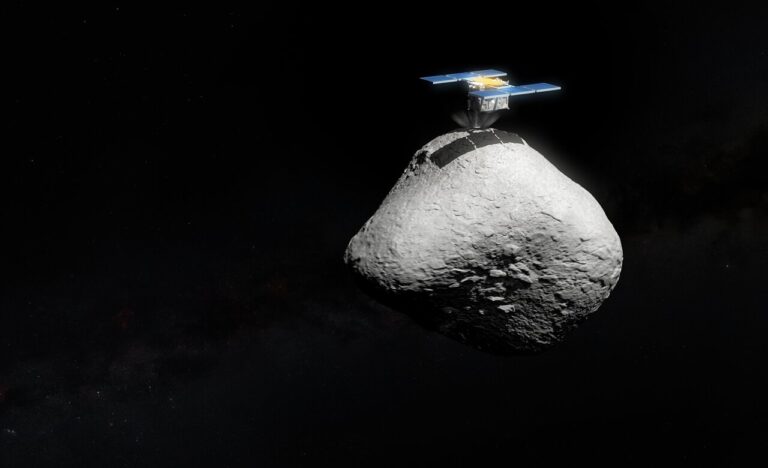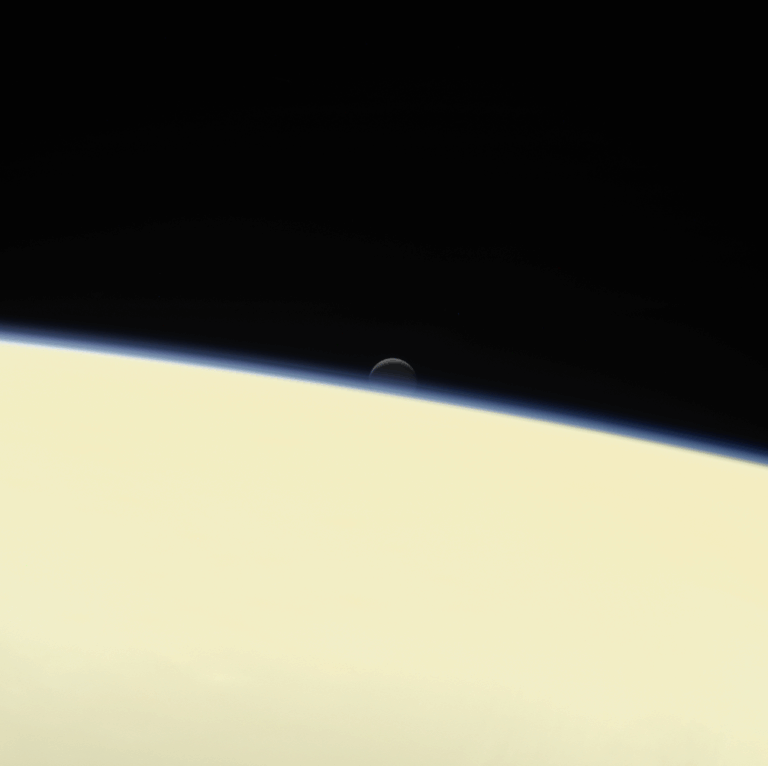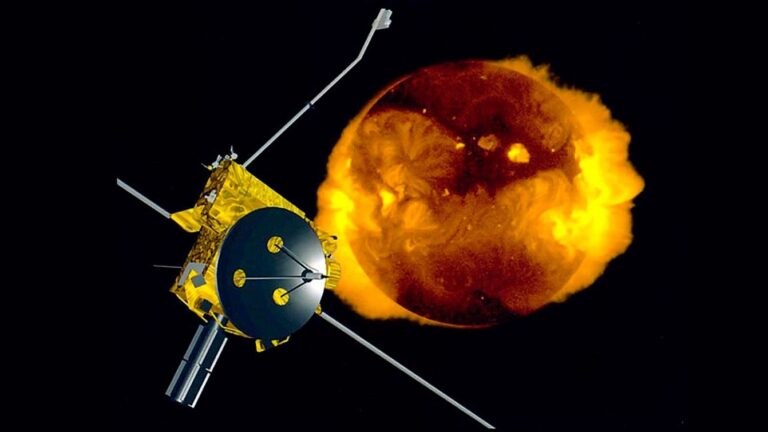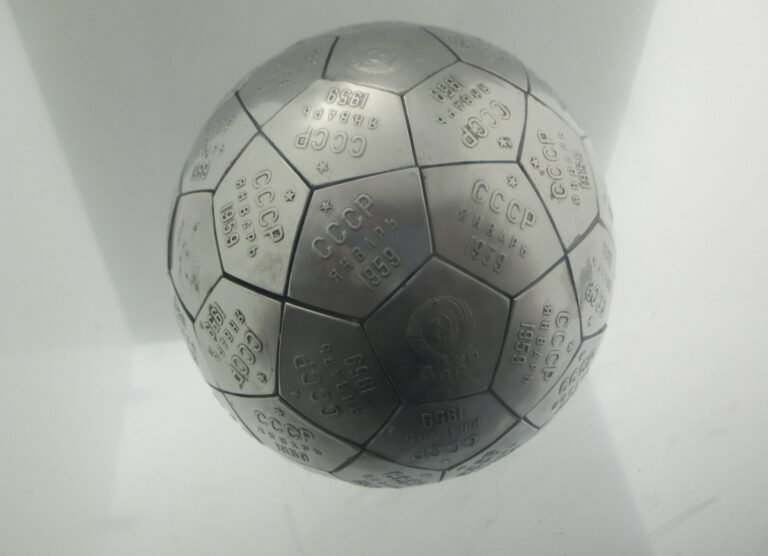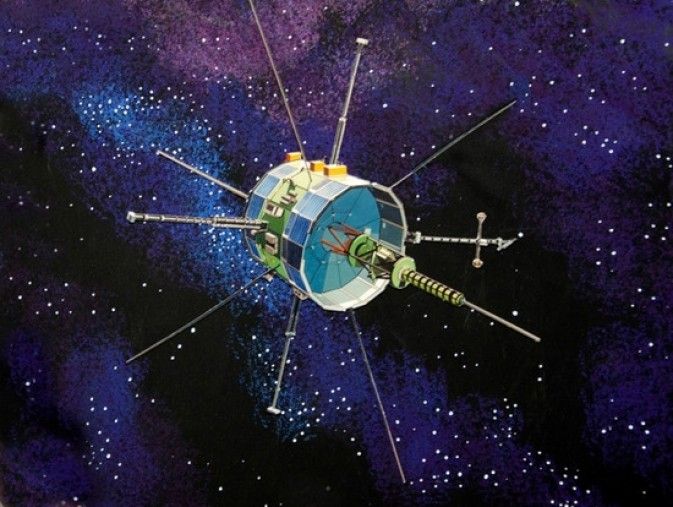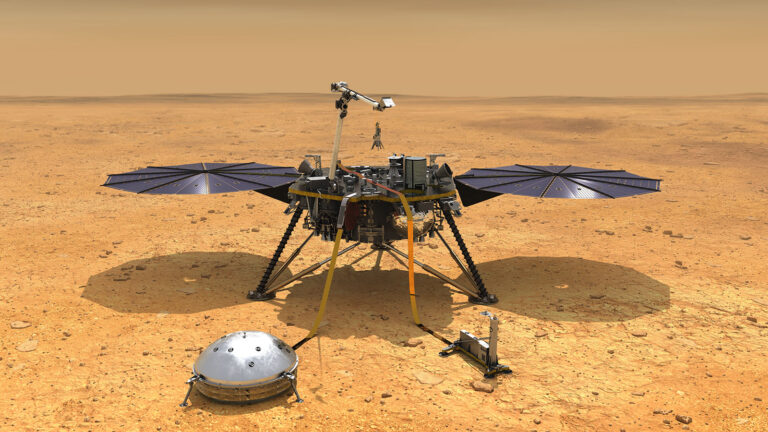Key Takeaways:
At approximately 3:55 p.m. EST on Thursday, February 18, 2021, NASA mission control erupted in jubilation upon receiving confirmation that their latest interplanetary rover made it to the martian surface unscathed.
Perseverance itself actually landed some 11 minutes before NASA was able to confirm its touchdown. But the vast distance between Earth and Mars meant it took the rover’s OK signal nearly a dozen agonizing minutes to race between the planets. However, those 11 minutes are just blink of the eye compared to the roughly seven-month spaceflight Perseverance endured while traveling to the Red Planet.
The landing went about as well as possible, too.
According to Thomas Zurbuchen, Associate Administrator of NASA’s Science Mission Directorate, in a post-landing press conference: “What you should know is that every time we do a launch or do a landing, we get two plans. One plan is the one we want to do. And then there’s that second plan, which is right here — that’s the contingency plan.”
Zurbuchen then stood up, lifted a thin stack of lightly leafed-through papers into the air, and triumphantly tore them apart while calling out, “Here’s for the contingency plan!”
Perseverance guides itself to safety
NASA’s latest rover was actually the third spacecraft to arrive at Mars this month. On February 9, the United Arab Emirates’ Hope probe entered orbit around the Red Planet — marking the start of the country’s first interplanetary mission. Then a day later on February 10, China’s Tianwen-1 spacecraft entered orbit around Mars, though the onboard rover isn’t expected to attempt a landing until around May.
Though Perseverance was the last of the trio to arrive, it wasted no time tearing through the Red Planet’s thin atmosphere at a blistering 12,000 miles per hour (19,300 kilometers per hour), protected by a robust heat shield. But because Mars’ atmosphere is just about 1 percent as thick as Earth’s, drag didn’t entirely slow down the craft.
That’s why Perseverance next deployed a massive supersonic parachute while still traveling at some two times the speed of sound. This further decelerated the craft’s descent, allowing the vehicle to utilize its cutting-edge Terrain Relative Navigation system, which compared real-time images to a pre-stored hazard map to help the rover get its bearings.
After jettisoning its parachute roughly 1 mile (1.6 km) above the surface, the craft was still traveling at some 160 mph (250 km/h). That’s when the rocket-powered descent vehicle took over, firing its multiple thrusters to slow Perseverance’s descent speed to just a few miles per hour.
Finally, the hovering craft carried out its famed Skycrane maneuver — first utilized during the Curiosity rover’s landing — which gently lowered Perseverance via tethers to the floor of Jezero Crater, a fascinating ancient lakebed that may have once served as an abode to martian life.
Launch? Check. Landing? Check. Let’s do this.
With its safe touchdown marked off the rover’s to-do list, Perseverance will next undergo a number of tests to ensure everything is working properly before kicking of its mission in earnest.
Within the next few months, Perseverance is expected to drop off its tag-along experimental helicopter, Ingenuity, before rolling away to a safe distance while the rotor-craft carries out a series of tests.
From there, Perseverance will continue with its primary mission: investigating areas of interest throughout Jezero Crater in an attempt to both characterize the site’s past geology, as well as search for signs of ancient martian life.
To do this, Perseverance comes equipped with a number of high-tech instruments. There’s PIXL and SHERLOC, which are mounted to the end of the rover’s arm and will create detailed spatial maps of both the elemental and molecular compositions of notable rock outcroppings.
And if Perseverance finds a particularly intriguing target, the rover will then use its coring drill to collect and store a sample from the site, which it will later deposit at designated cache depots until a future sample-return mission can bring the samples back to Earth.
Lori Glaze, Director of NASA’s Planetary Science Division, put it best during the press conference: “Now that we’re on the ground, now the fun really starts.”
To learn more about Perseverance’s high-tech instruments and ambitious goals — including its helicopter, its oxygen-production experiment MOXIE, its methods for seeking signs of ancient life, and its plan for caching samples for a future return mission — check out our feature story: NASA’s Perseverance rover: How it works and what it will do.
[Correction: A previous version of this article incorrectly stated Perseverance’s Terrain Relative Navigation system compared real-time images to a pre-stored global map to help the rover get its bearings. This pre-stored hazard map is not global, and instead only covers Jezero Crater and its immediate surroundings.]






